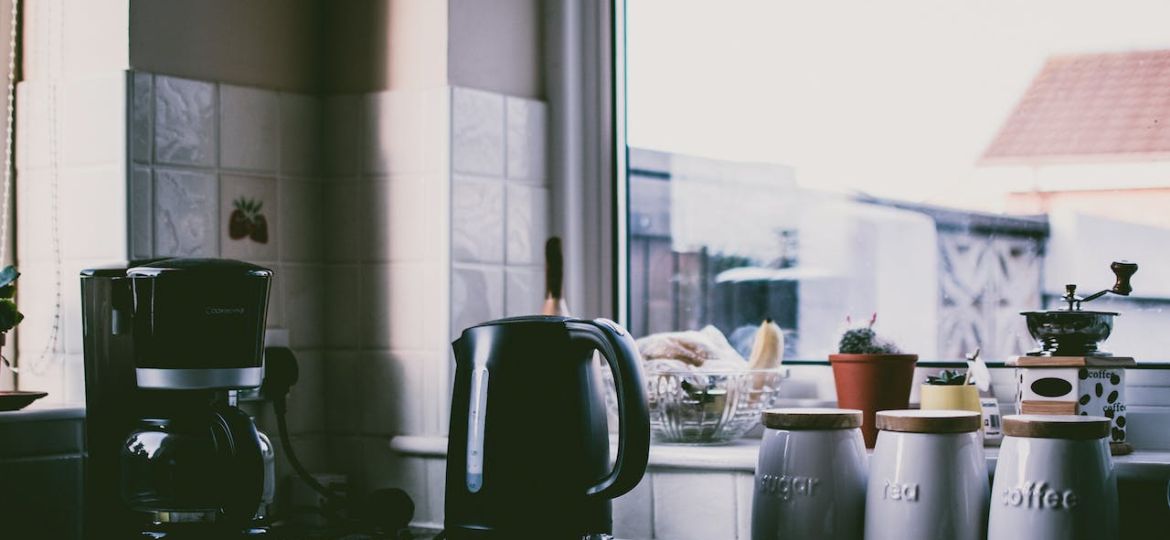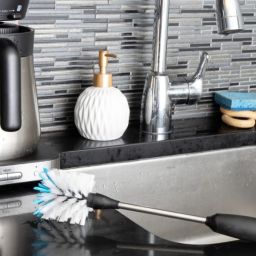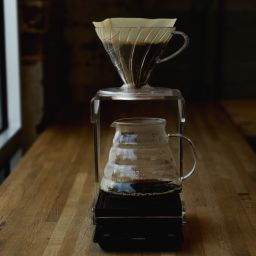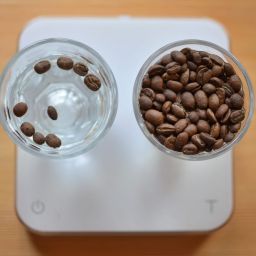
Mastering your coffee maker can elevate your daily brew from just okay to absolutely fantastic.
It’s not just about hitting a button; it’s about understanding how your machine works with your favorite coffee. We’ll dive into the basics of using a coffee maker, ensuring you get that perfect cup every time.
Types of Coffee Makers
From the classic drip coffee maker to the more modern pod machines, each has its unique way of brewing.
Drip coffee makers are beloved for their simplicity and consistency, ideal for everyday use. Pod machines, on the other hand, offer convenience and variety but can be more costly per cup and less eco-friendly.
Then there are espresso machines, perfect for those who love a strong shot but require more skill and maintenance. Each type has its pros and cons, so consider what fits your lifestyle and coffee preferences best.
Selecting the Right Coffee Beans
For most coffee makers, medium roast beans are a safe bet, offering a balance of flavor and acidity. If you’re into stronger, more robust coffee, go for a dark roast. Light roasts are great for those who prefer a milder, more aromatic cup.
Remember, the fresher the beans, the better the coffee, so look for beans that were roasted recently and store them properly to maintain their freshness.
The Perfect Coffee-to-Water Ratio
Getting the coffee-to-water ratio right is like hitting the jackpot in flavor. It’s all about balance. For a standard brew, a good rule of thumb is to use 1 to 2 tablespoons of coffee per 6 ounces of water. Want it stronger? Just add more coffee, not less water – this keeps the extraction right. If you prefer a lighter cup, do the opposite.
Remember, consistency is key, so once you find your perfect ratio, stick to it for that consistently great cup every time.
Grinding Coffee Beans: The Ideal Consistency
Grinding your beans right before brewing makes a huge difference. The grind size matters a lot. For most drip coffee makers, a medium grind works best – think the texture of sand. Too fine, and you’ll get a bitter brew; too coarse, and it’ll taste weak.
If you’re using a different brewing method, adjust accordingly: finer for espresso, coarser for French press. Investing in a good grinder can elevate your coffee game significantly.
Water Quality and Its Impact on Coffee
Water isn’t just a medium; it’s a key ingredient. The quality of water affects the taste of your coffee. Hard water can make your coffee taste dull, while soft water can bring out its acidity. If your tap water isn’t great, consider using filtered or bottled water.
But steer clear of distilled water – it lacks the minerals that help extract all the good flavors from your beans.
Preparing the Coffee Maker
Setting up your coffee maker is easy, but doing it right can make a big difference.
First, ensure everything is clean – residue from previous brews can ruin your coffee’s taste. Next, add the right amount of water (remember the ratio we talked about?). Then, place a fresh filter in the basket.
Add your ground coffee – spread it evenly for a consistent brew. Now, just turn on your machine and wait for that delicious coffee to drip through. Simple, yet effective!
Step-by-Step Guide to Brewing Coffee
Brewing coffee is more than just a morning routine; it’s a ritual. Here’s how to nail it every time:
- Start with fresh, cold water – it makes a difference.
- Use the coffee-to-water ratio we discussed earlier.
- Ensure your coffee grounds are evenly spread in the filter.
- If your coffee maker has settings, choose the one that suits your taste. No fancy settings? No problem, it’ll still be great.
- Hit the brew button and wait. Patience is key here.
- Once done, give it a gentle stir to blend the flavors.
Tip: If your coffee maker allows, pause mid-brew to let the coffee grounds ‘bloom’ for about 30 seconds. This releases gases and enhances flavor.
Troubleshooting Common Coffee Maker Issues
Even the best coffee makers can have off days. Here’s how to keep yours in top shape:
- If your coffee tastes off, clean your machine thoroughly. Build-up can affect taste.
- Water not flowing? Check for clogs in the tubes or the filter.
- Coffee too weak or too strong? Adjust your coffee-to-water ratio.
- Descale regularly to prevent mineral build-up, especially if you have hard water.
Maintenance tip: Regular cleaning and descaling prolong the life of your coffee maker and ensure consistently good coffee.
Enhancing Your Coffee Experience
Coffee is versatile, and there are plenty of ways to spice it up:
- Experiment with adding spices like cinnamon or nutmeg directly into the coffee grounds before brewing.
- For a sweeter touch, try a dash of vanilla extract or a bit of cocoa powder.
- Serve your coffee with a variety of creams, milks, or non-dairy alternatives to cater to all preferences.
Remember, coffee is personal. Don’t be afraid to experiment and find what delights your taste buds!
Cleaning and Maintenance of Your Coffee Maker
Keeping your coffee maker clean is not just about hygiene; it’s about great coffee, every time. Here’s what you need to do:
- Daily: After each use, remove and rinse the filter basket and carafe. A quick wipe down of the machine exterior keeps it looking sharp.
- Weekly: Deep clean the removable parts with warm, soapy water. This removes oil and residue build-up.
- Monthly: Descale your coffee maker to remove mineral deposits. You can use a commercial descaler or a mix of equal parts water and vinegar. Run a brew cycle with this solution, followed by a few cycles of plain water to rinse.
Long-term maintenance tip: Replace any worn-out parts like seals or filters as needed. This keeps your machine running smoothly for years.
FAQs
Q: How often should I clean my coffee maker?
A: Clean removable parts daily, deep clean weekly, and descale monthly.
Q: Can I use tap water in my coffee maker?
A: Yes, but filtered water is recommended for better taste and to prevent scale build-up.
Q: Why does my coffee taste bitter?
A: It could be due to over-extraction. Try using a coarser grind or less brewing time.
Mastering the Art of Coffee Making
And there you have it – your guide to becoming a coffee-making maestro! Remember, great coffee is about the right balance – from the beans to the water, from the grind to the brew.
Keep your machine clean and well-maintained, and don’t be afraid to experiment with flavors and ratios. Every cup of coffee is a chance to refine your skills and discover new delights.
So go ahead, brew, taste, adjust, and most importantly, enjoy every sip of your coffee journey!









